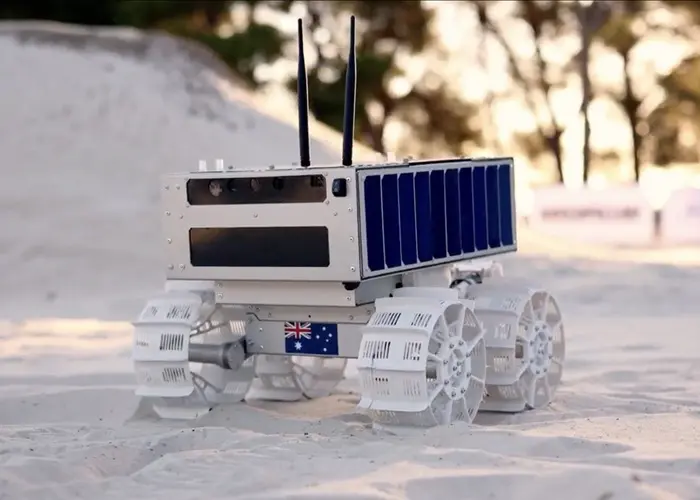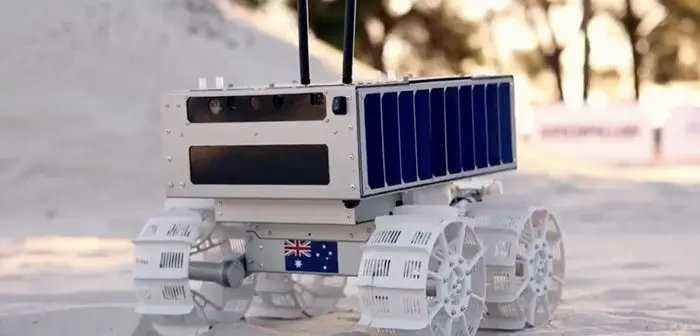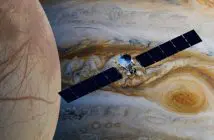
Australia’s space ambitions have taken a historic leap forward, with confirmation that the nation’s first lunar rover, Roo-ver, will head to the Moon as part of NASA’s Artemis program. The project, led by the Australian Space Agency and the ELO2 consortium, represents a milestone in robotics, automation and advanced engineering, and places Australian innovation firmly on the global space stage.
Roo-ver will be a suitcase-sized, semi-autonomous rover weighing around 20 kilograms. Operated from Earth, it will collect lunar regolith—soil from the Moon’s surface—and deliver it to NASA technology designed to extract oxygen. This experiment is critical in testing the foundations for sustainable human presence on the Moon and beyond. By contributing to the Artemis mission, Australia is not only advancing international cooperation but also developing sovereign space and robotics capabilities.
The rover’s development is backed by a $42 million investment from the Albanese Government, building on earlier funding under the Moon to Mars Trailblazer program.
The ELO2 consortium brings together a mix of Australian startups, universities, resource sector innovators, and research organisations. This collaboration is intended to accelerate technology transfer, provide training for the next generation of engineers, and strengthen Australia’s sovereign industrial base. Enrico Palermo, head of the Australian Space Agency, highlighted that the mission is as much about the journey as it is about reaching the Moon. He noted that the process of designing, testing and operating Roo-ver will deliver valuable knowledge and skill to the national workforce, with applications that extend well beyond space exploration.
Roo-ver also carries strong cultural significance. Its name, chosen through a public competition, reflects national identity while capturing the imagination of younger Australians. Submitted by a student from New South Wales, “Roo-ver” draws on the kangaroo as a symbol from the Australian Coat of Arms, representing a leap forward for science and technology. The competition itself underscored the importance of community engagement in shaping the nation’s space story, inspiring a new generation of scientists and engineers.
Australia’s path to the Moon has been unfolding steadily over the past four years. In 2021, the Australian Space Agency signed a landmark agreement with NASA under the Moon to Mars initiative to deliver a locally built lunar rover. The following year, the Trailblazer program opened with seed funding to develop rover concepts, leading to the establishment of ELO2. By 2023, the rover had been named Roo-ver, and in 2024, the consortium was officially selected to build the mission hardware. With full funding in place, the project is now in its build phase, aiming for launch later this decade aboard a NASA Artemis mission.
Beyond its immediate role in supporting Artemis, Roo-ver represents a broader shift in Australia’s national priorities. The mission highlights how investment in space capability feeds into national resilience, technological sovereignty and economic growth. It also positions Australia as a credible contributor to international space exploration, aligned with global efforts to establish a sustainable human presence on the Moon and, eventually, on Mars.
As Roo-ver rolls closer to reality, the project is already paying dividends in workforce training, industry collaboration and public engagement. Its eventual deployment on the Moon will be a proud moment for Australia, but the knowledge gained during its creation may prove just as valuable. This mission demonstrates how space exploration can act as a catalyst for innovation across multiple sectors, ensuring that Australia’s “leap” into space is matched by tangible progress back on Earth.





